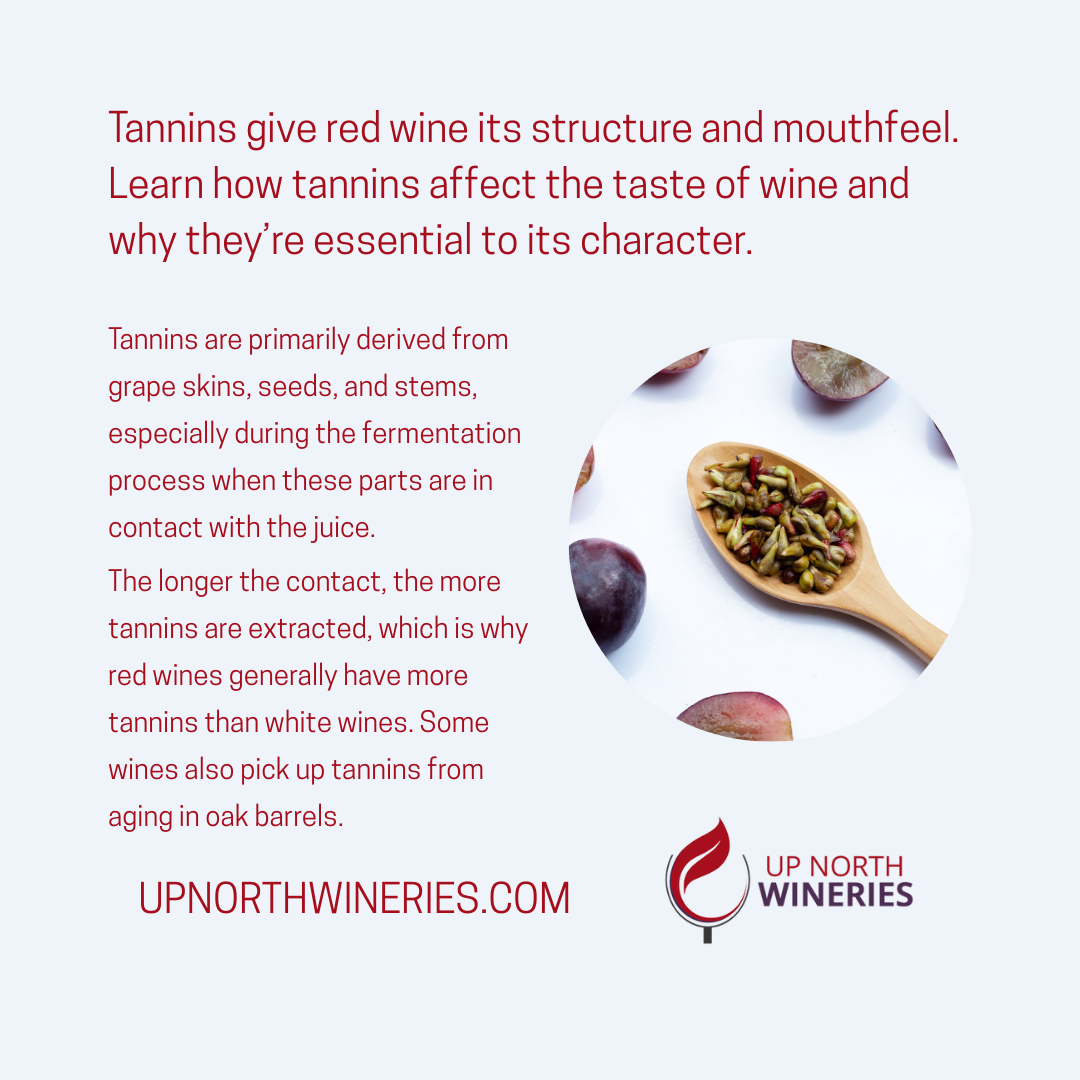When you’re shopping for wine, you’ve probably seen terms like “vintage” or “non-vintage” on the label. But what do these terms mean, and why should you care? Here’s a breakdown of the main differences between these two types of wines and what makes each unique.
 What Is a Vintage Wine?
What Is a Vintage Wine?
A vintage wine is made exclusively from grapes harvested in a single year, which is why you’ll see a specific year displayed prominently on the bottle. That year, called the “vintage,” often reflects the unique climatic conditions of that season.
For example, a 2015 vintage wine means all the grapes were harvested during the 2015 growing season. Because the quality of grapes depends heavily on weather, a stellar vintage can produce exceptional wines. However, if the weather was less favorable that year, it could impact the wine’s quality.
What Is a Non-Vintage Wine?
Non-vintage wines are crafted by blending grapes (or wines) from multiple harvest years. This allows winemakers to create a consistent flavor profile from bottle to bottle, year after year. You’ll often find this in sparkling wines like Champagne, labeled with “N.V.” to indicate “non-vintage.”
 Key Differences:
Key Differences:
- Harvest Year: Vintage wines come from a single harvest, while non-vintage wines blend multiple harvests.
- Consistency: Non-vintage wines ensure a stable taste across years, whereas vintage wines capture the essence of a specific growing season.
- Price: Vintage wines, especially from exceptional years, tend to be pricier and more collectible. Non-vintage wines are often more affordable.
Which One Should You Choose?
If you’re looking for a wine with unique character and are curious about how a specific year influences taste, go vintage. For reliability and a familiar flavor, non-vintage is the way to go. Either way, you can’t go wrong—it all comes down to personal preference and occasion!






 Marisa Fancy along with her husband and four children dreamt of moving “Up North”. They had vacationed for years in northern Michigan and in 1995 they finally made the move.
Marisa Fancy along with her husband and four children dreamt of moving “Up North”. They had vacationed for years in northern Michigan and in 1995 they finally made the move.